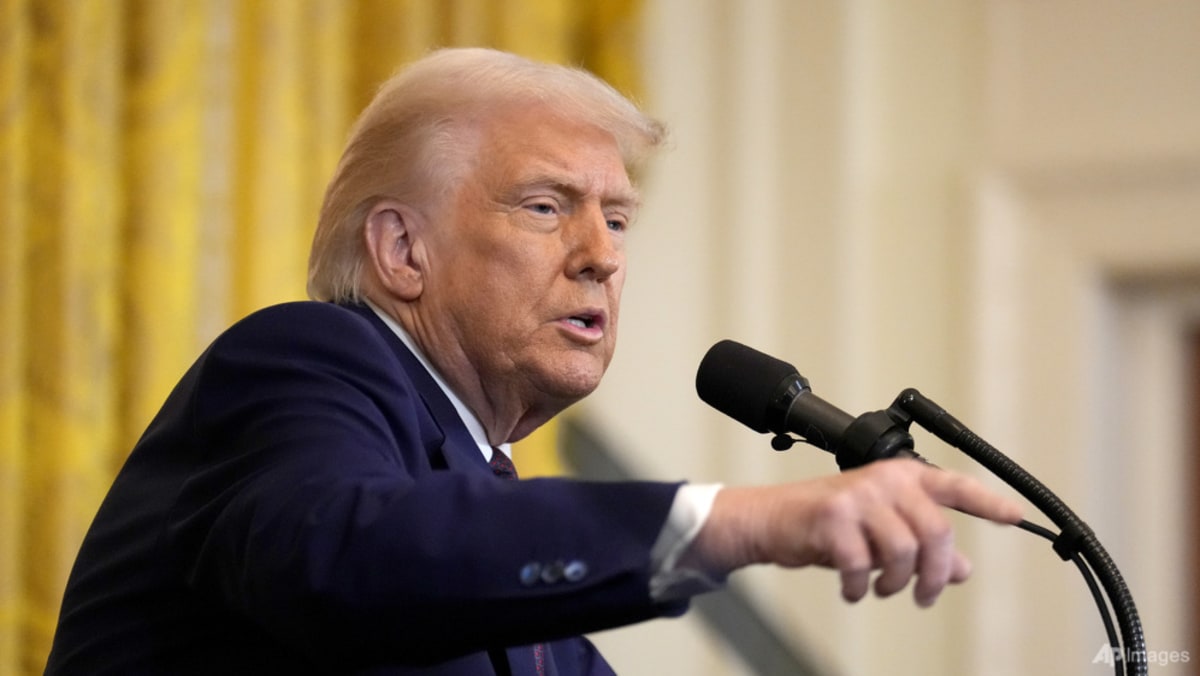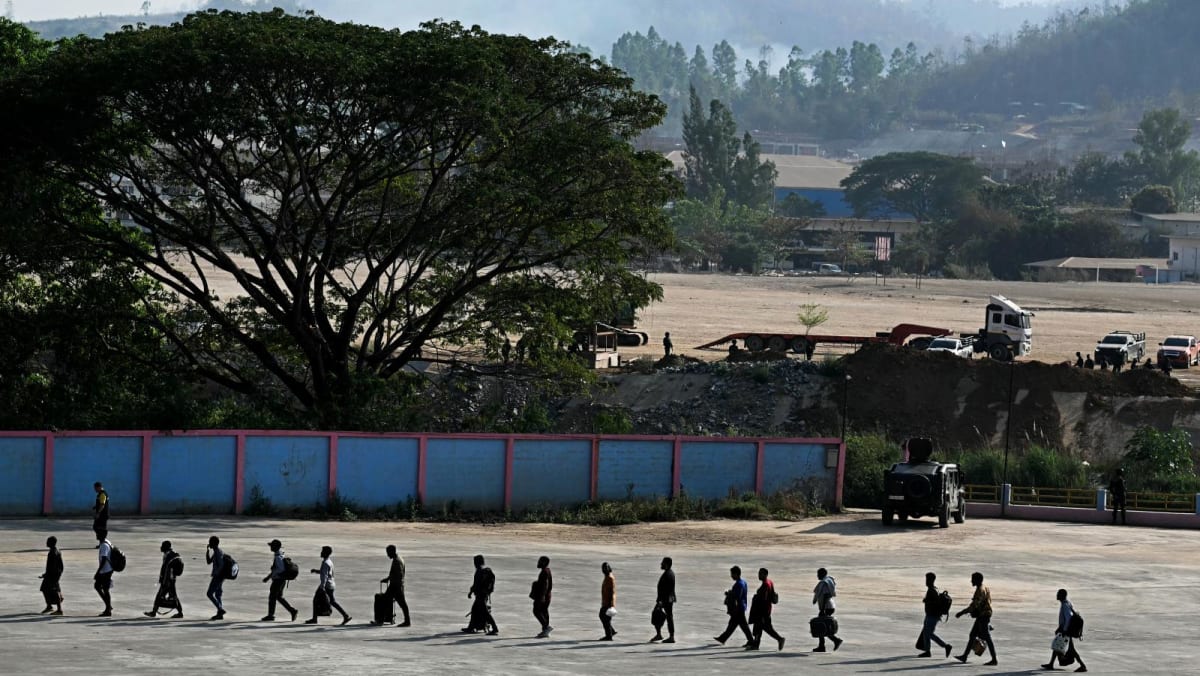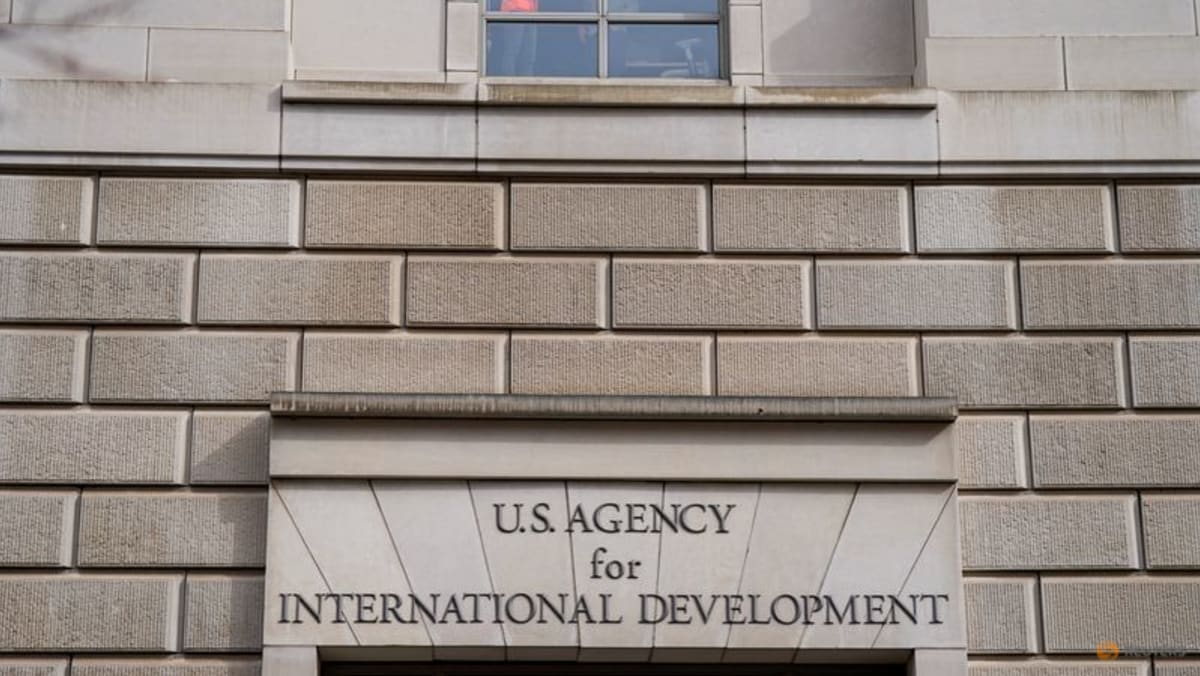WHAT ARE THE COMPLICATIONS?
Using reciprocal levies to address non-tariff issues like VATs could raise the average effective tariff rate notably, Goldman Sachs analysts earlier said.
Analysts at the Tax Foundation noted that “VATs are border-adjusted, meaning they rebate tax on exports and impose tax on imports.”
“Despite the appearance of subsidizing exports and punishing imports, however, a border-adjusted VAT is trade neutral,” they said in a Wednesday report.
This could prove tricky in negotiations.
Maurice Obstfeld, senior fellow at the Peterson Institute for International Economics (PIIE), warned that other countries could retaliate if Trump doubled down on various levies.
“The more major countries retaliate, the more other countries will be tempted to join in,” he told AFP.
US tariff hikes would also result in higher costs for importers.
WHAT IS THE GOAL?
Obstfeld of PIIE said Trump’s policy appears to be aiming to get countries to “discriminate in favour of the United States”.
“Suppose that Brazil drops its tariffs on US autos, but keeps its tariffs the same on all foreign autos” for example, he added.
Analysts also note that the threat of tariffs creates uncertainty as a negotiating tactic. This contributes to a situation that ultimately weighs on American and foreign businesses.
The White House on Thursday did not rule out a separate “one-size-fits-all” levy down the road.













